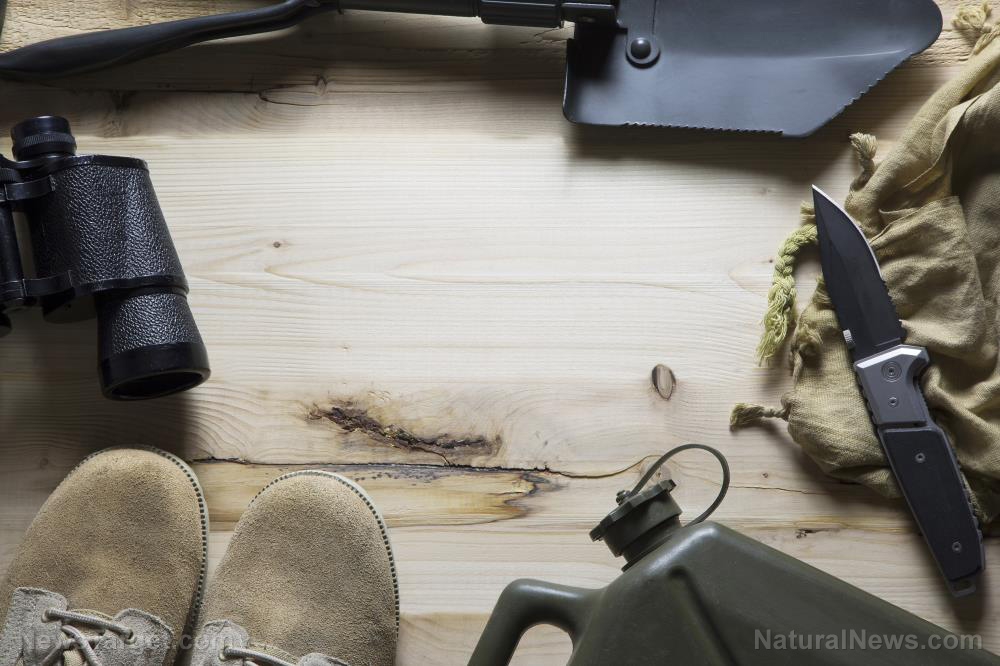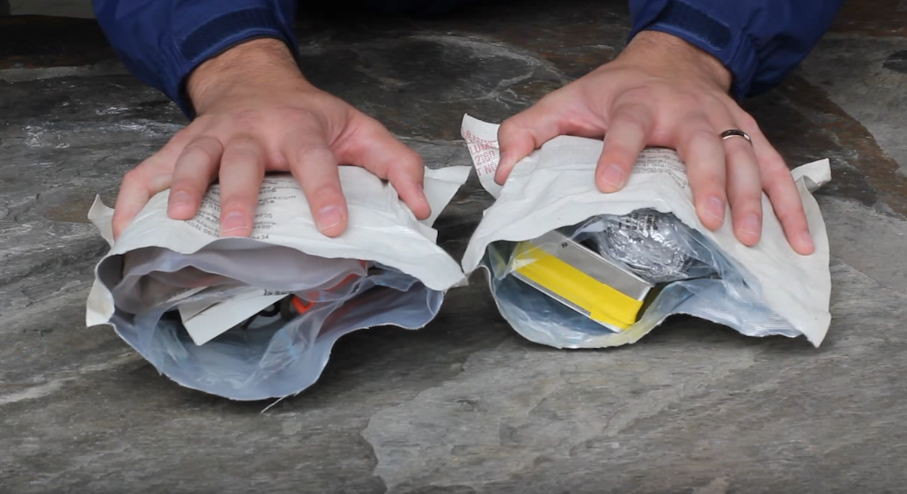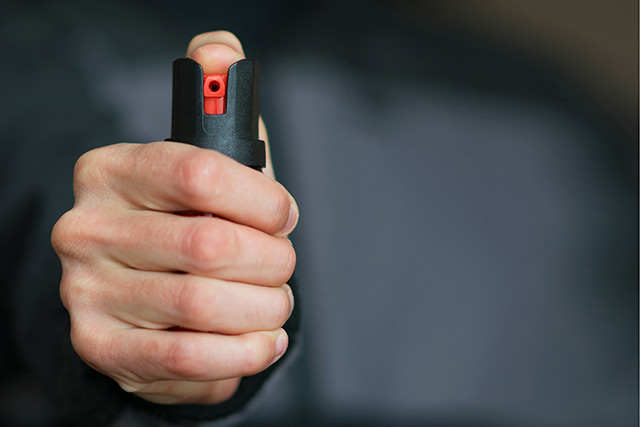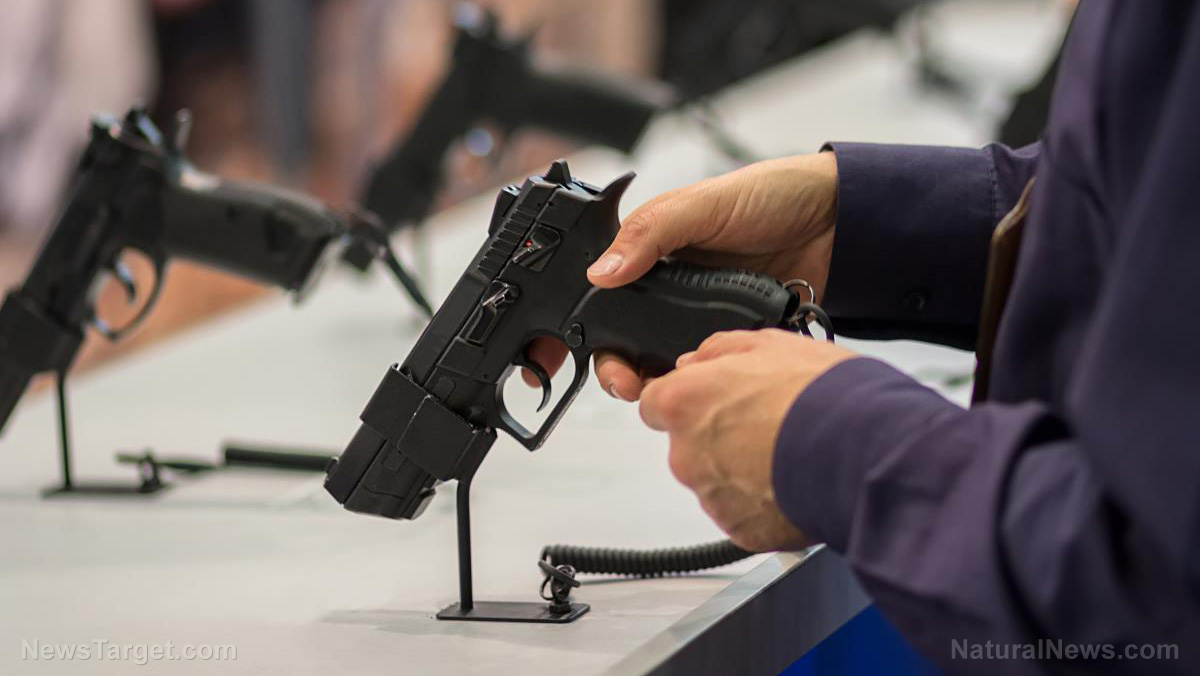A basic list of winter survival items you should carry in your car
01/24/2019 / By Mary Miller

Driving can be difficult during the winter. In extreme weather conditions, a simple car trip can even become a life-threatening situation. Ideally, you should go out for a drive as little as possible during the cold winter months, but sometimes, taking the car out will be necessary, especially for emergency errands. A good prepper anticipates the scenario of being trapped in their car and plans accordingly. Here are some basic winter survival items you should always have in your car, in case SHTF. (h/t to UrbanSurvivalSite.com)
Food and water
If you get stuck in your car for an extended period of time, you might find yourself cold and starving. You can at least mitigate the latter by stocking up on emergency rations. Reusable plastic bottles of fresh water can keep you hydrated. Non-perishable snacks can be stored in your car for a long time. Some good options include high-protein dried fruits, nuts, granola bars and trail mix. You can even keep emergency sweets to give yourself a quick energy boost or reduce the effects of shock during a crisis.
First aid kit
In case of emergencies, your car should have a fully stocked first aid kit at all times. This should include a few key items, such as gauze, bandages, medical tape, emergency medication, and disinfectant. (Related: How to create a natural first-aid kit for travel.)
Hygiene items
Aside from disinfectant, you should also have personal hygiene items to keep yourself clean and prevent the spread of bacteria when SHTF. Some hygiene items you should always have in your car include toilet paper, tissue packs, diapers, wet wipes, hand sanitizer, and mouth wash.
Emergency road flares
Visibility is often an issue during severe weather. If your car breaks down, it is important to make sure other drivers or rescuers can see you and your car. Keep emergency road flares to make your presence known. Reflectors may also help with visibility.
Flashlights with extra batteries
Flashlights can be useful for making repairs in the dark or for signalling for help. LED flashlights are good handheld sources of light that don’t use much power, which means that they can last for much longer. Still, it wouldn’t hurt to pack an extra pair of batteries.
Gloves and hand warmers
You can easily get frostbite if you don’t keep your hands warm and protected. Cover your hands with winter gloves and use hand warmers to prevent frostbite.
Traction mats
Your tires can often get stuck in slippery ice or snow. You can use a traction mat near or underneath your tires to keep them from spinning and gain traction.
Shovels
A small or collapsible shovel can be useful at any time of the year, but even more so during the winter months. If the road is blocked, you may need to clear a path with your shovel. You can also use the shovel to get out of snowdrifts.
Ropes or chains
Another way to get your car out of a snowdrift is to use a tow chain or a long and sturdy rope, preferably a paracord.
Blankets
If you are unable to run your heater, the temperature inside your car can easily drop. Add an extra layer of warmth around your body with a blanket or two. Low-weight, low-bulk survival blankets are ideal for being stored in small vehicles without a lot of space.
Matches or lighters
You never know when you will suddenly need to start a fire to keep warm or to melt some ice for water.
Emergency tire sealant
One of the last things you want to find yourself doing outdoors during sub-zero temperatures is replacing a flat tire. Use emergency tire sealant as a temporary solution to get you someplace safer where you can change your tires.
Learn how to survive in any weather by going to Survival.news.
Sources include:
Tagged Under: blankets, bug out, bug out vehicle, emergency, first-aid kit, Gear, hygiene items, off grid, outdoors, preparedness, prepper, prepping, self sufficiency, SHTF, survival, survival gear, survival tools, survivalist, winter gear, winter survival, winter weather

















